Fragile Beasts sculpture made from paper by Łódź University of Technology students
Students from Łódź University of Technology in Poland built this delicate stacked sculpture to demonstrate the structural properties of curve-folded paper.
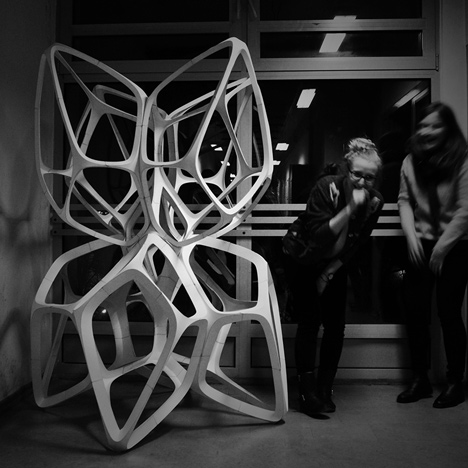
The Fragile Beasts sculpture was designed and built by 17 undergraduate architecture students from Łódź University of Technology during a three-day workshop with Suryansh Chandra, a senior designer at Zaha Hadid Architects.
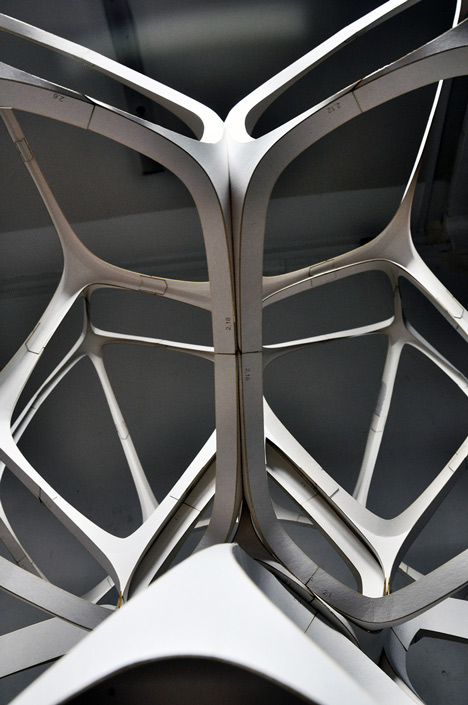
"Curved folding isn't just the aesthetic, it's also the structure: it can lend substantial stiffness to fairly flimsy material," explained Chandra.
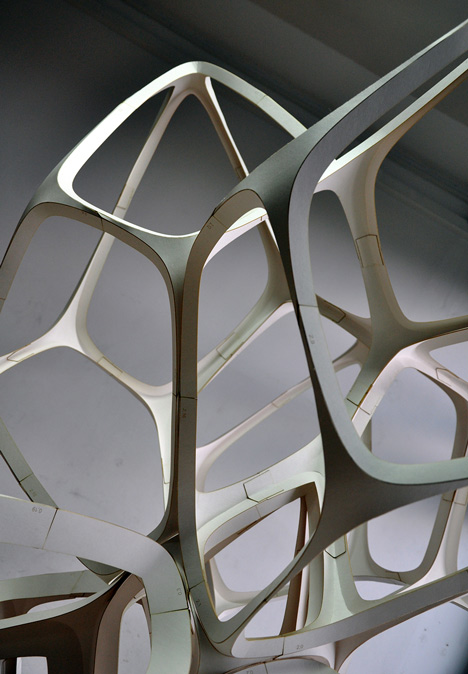
The sculpture was designed using digital modelling software to determine the slender polyhedra forms, which were then subjected to scripts that broke them down into shapes suitable for curved folding.
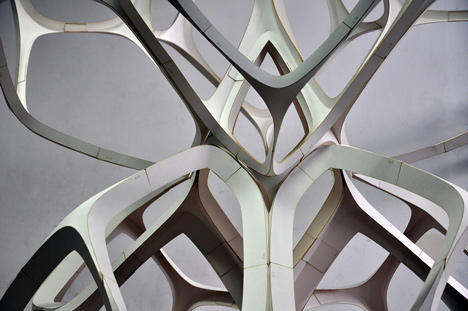
Once the forms and net shapes of the irregular-sided polyhedra were determined, they were sent to a laser-cutting facility that transferred the design onto a series of flat cutout sheets in five hours.
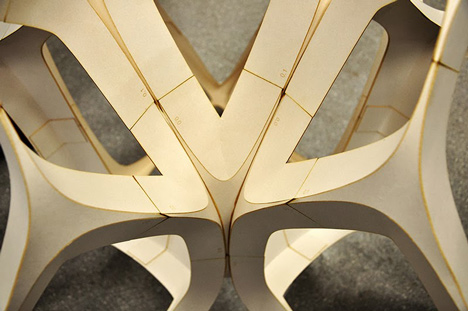
The 0.5 millimetre paper was then folded and glued into shape by the students, who had no previous experience of curved folding.
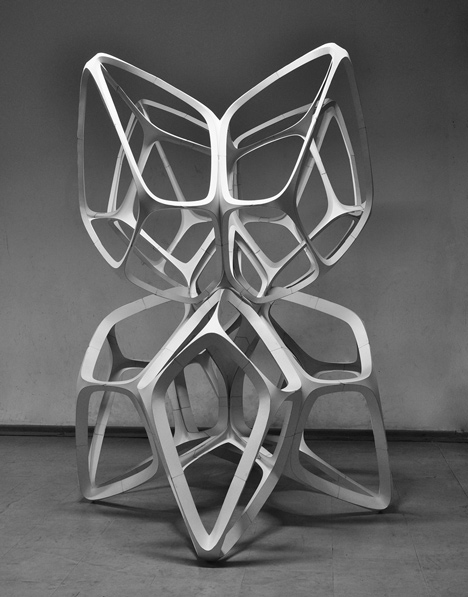
"It never fails to amaze me how nicely this shape lends itself to fabrication and quick assembly," said Chandra.
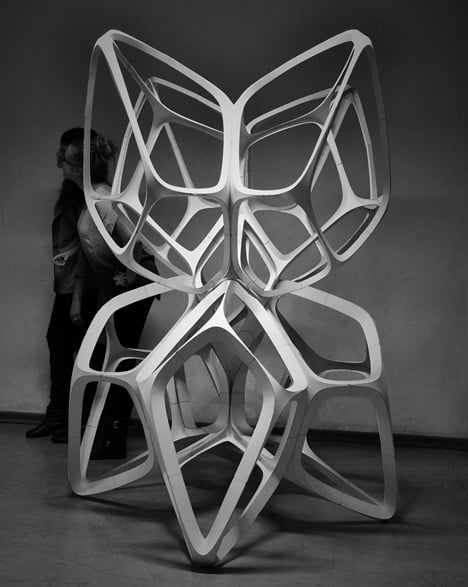
It took just five hours for the students to fabricate the components and arrange them in two stacked clusters that reach a height of 1.9 metres.
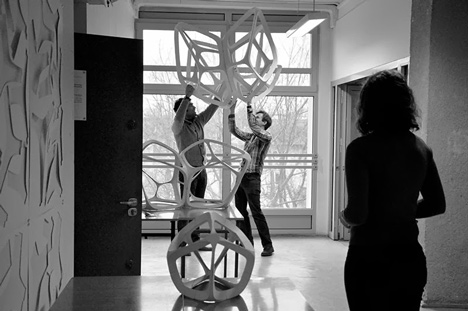
Zaha Hadid Architects has been exploring different applications for curved folding and thin-shell structures for several years through a series of academic workshops and commissions.

Its Arum installation at the 2012 Venice Architecture Biennale resembled a huge pleated funnel made from folded metal, and was described by the firm as the first to combine its research into lightweight shells and tensile structures.
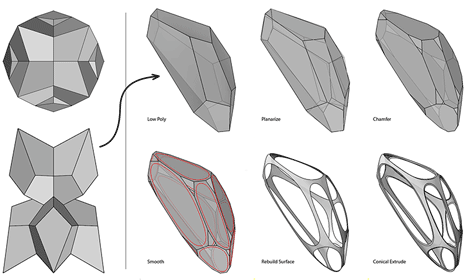
All images are courtesy of Suryansh Chandra.
Suryansh Chandra sent us the following details about the Fragile Beasts project:
Research Context
This sculpture was built as a part of a 3-day workshop on 'Curved Folding' at the Łódź University of Technology, Poland. The workshop explored the idea of curved folding as a design technique in Architecture, leading to some amazing outcomes that are pre-rationalized by their very nature. It continues the lineage of work on 'Curved Folding' and 'Thin-Shell Structures' started two years ago for ZHA's Arum Pavilion at the Venice Biennale, and further pursued through academic workshops.
Highlights of the sculpture
Curved folding isn't just the aesthetic, it's also the structure: it can lend substantial stiffness to fairly flimsy material: 0.5mm thick card paper in this case.
Ease of assembly: The whole piece was put together with 17 students in their 4th year of undergraduate Architecture program (and novices at curved folding) in a matter of 5 hours (the laser cutting was outsourced and took an additional 5 hours).
Dimensions: 1.9m tall x 1.35m wide (6'4" x 4'6"), 0.5mm thick card paper.
Credits
Workshop Tutor & Sculpture Design: Suryansh Chandra; Senior Designer, Zaha Hadid Architects Code Group
Assisting Tutor: Sebastian Bialkowski; Doctoral Candidate, Łódź University of Technology, Poland
Workshop Organizer and Coordinator: Anetta Kepczynska-Walczak; Assistant Professor, Łódź University of Technology, Poland